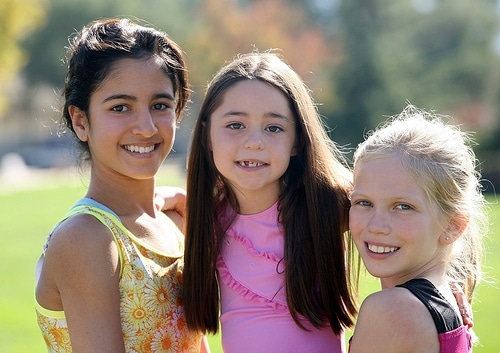It’s not always easy to tell if a child has a problem with their bite. As such, it’s important that parents take their children to an orthodontist at an early age to identify possible issues with their tooth alignment.
Baby teeth tend to fall out around the ages of six to eight. Once adult teeth come in, they should be positioned perfectly next to each other. However, this isn’t always the case with some children.
There are a few problems that can occur when a child’s teeth are outside of these norms:
Misalignments
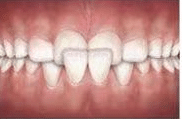
In some cases, a child’s upper teeth can align a little further forward than usual. This is known as protrusion. Another misalignment that may occur is a retrusion, which is when the lower teeth are too much in the back of the mouth. Regardless of the misalignment, there’s another problem that needs to be addressed; eruptions. Eruptions occur when a primary tooth comes out in the wrong position.
Most misalignments are able to be treated with braces or Invisalign. However, braces and Invisalign aren’t intended for younger children and can only be trialed after permanent teeth have come in.
To soothe tooth eruptions, application of ice, rubbing the child’s gums and feeding the, soft food can help ease the pain.
Crossbites
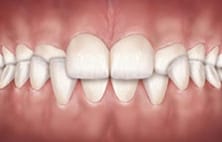
Also known as a deep bite, crossbites occur when a few of the child’s teeth aren’t aligning with their counterparts. This type of bite can occur just about anywhere in a child’s mouth. For example, the lower teeth overlap the upper teeth or vice versa. Crossbites can be easily treated with braces, a palate expander, or in a worst case scenario, surgery.
Open Bites
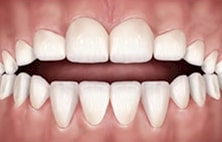
Children can develop open bites if there is a gap in the upper and lower teeth while the jaw is closed. There are various causes of open bites such as excessive sucking on the thumb or pacifier, a temporomandibular joint disorder (TMD), tongue thrusting or a certain type of skeletal issue.
Each of these can put an abnormal amount of pressure and stress on the child’s front teeth. As a result, it can push the teeth too forward as the bottom teeth are pushed back.
Open bites are usually treated with traditional metal braces, Invisalign, surgery and a change in behavior.
Underbites
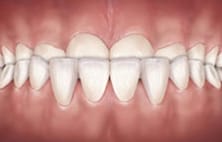
Underbites, also known as deep bites, is when the normal tooth structure is reversed. The lower teeth are pushed in front of the upper teeth, akin to a bulldog. Underbites are also classified when the upper teeth are covering the lower ones too much. The causes of underbites are the same as the ones that cause open bites. Underbites are able to be treated with the same methods as open bites as well.
Your child’s teeth need to last a lifetime, so it’s important to correct any type of bite issues as early in childhood as possible. If you suspect your child may have a problem with their bite, schedule an appointment with RJ Orthodontics in Steiner Ranch.


